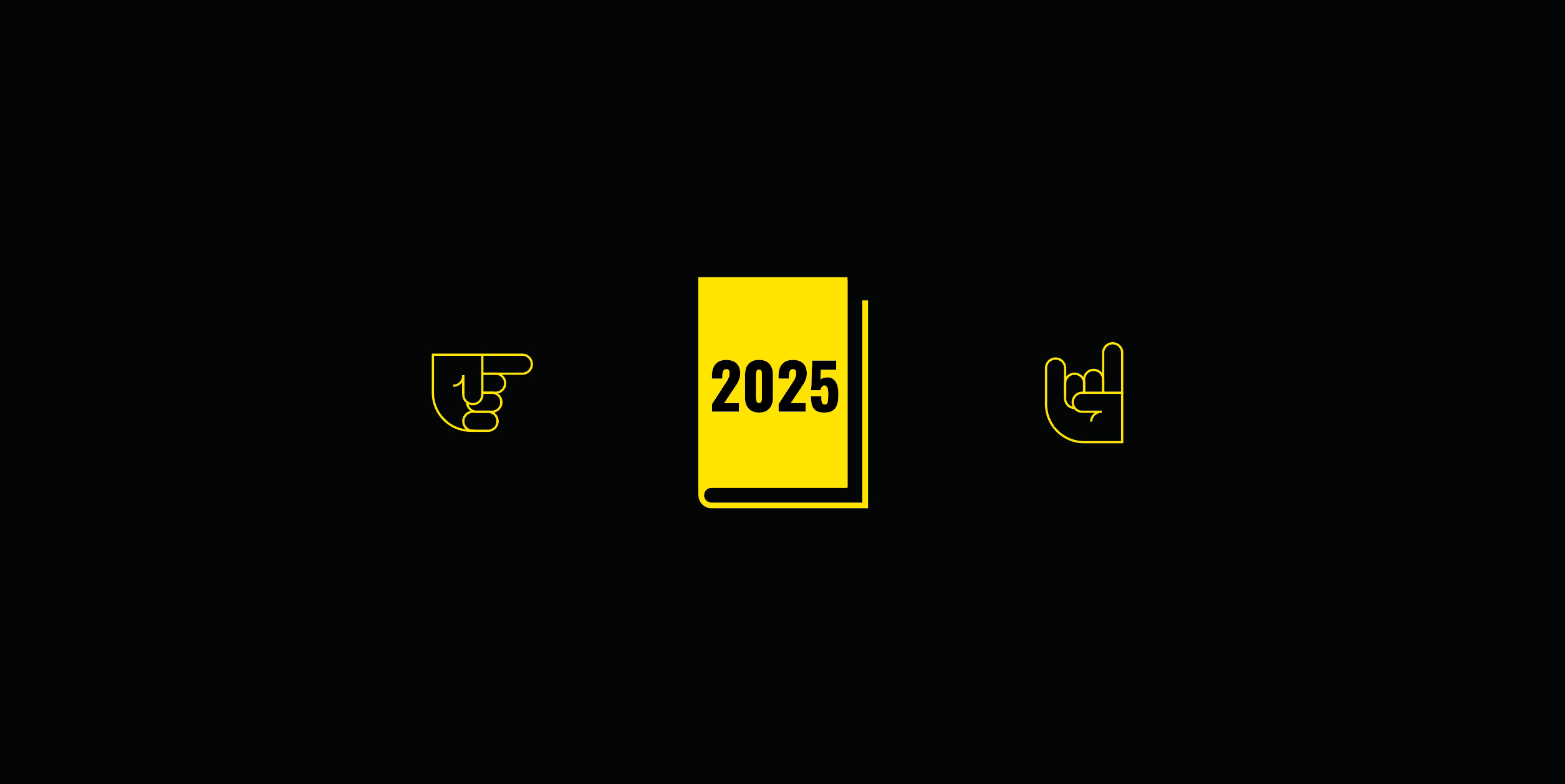People have short attention spans.
And if you want to capture their attention, then you face fierce competition.
Your organization competes alongside hundreds, if not thousands, of other organizations vying for donors’ time and consideration.
So how can you win and sustain your donors’ attention?
Here are 3 simple, neuroscience-backed tactics you can start using right now to create a message that sticks and inspires people to give.
1. Cognitive Fluency
The easier it is to understand something, the more likely you are to believe it.
That’s called cognitive fluency—the concept that people tend to perceive easy-to-process ideas as more truthful.
Conversely, if you can’t understand an idea, you’re less likely to believe it’s true.
Speaker, author, and neuromarketing pro Roger Dooley points out that “our brains confuse ease of processing with preference and familiarity.”
Be ruthless about distilling complex problems and solutions into simple terms, and you’ll create ideas your donors will believe and buy into.
Takeaways
- Be clear over clever.
- Make copy easy to read.
- Write in a conversational style.
2. “Reason Why” Copy
Coined by copywriting guru Gary Bencivenga, “reason why” copy backs up your ask with evidence and authenticity, telling people why your solution is the best and why they should take immediate action.
Why does this copywriting tactic work? Because our brains are unsettled by information gaps. That’s why an open-ended story keeps us engaged… we’re motivated to find out what happens at the end.
Here’s a simple way to incorporate “reason why” copy into your writing: Use the word “because.”
Research shows that it doesn’t matter much what follows your “because.” You just need to offer some sort of justification for people to take action. (Not convinced? Take a quick look at this 1977 Copy Machine Study.)
Takeaways
Follow up your ask with a clear reason as to why a donor should give now.
- Use social proof: “because 3,000+ others are giving too”
- Restate the impact: “because students like Natalie are counting on you”
- Add urgency: “because a child like Pietro shouldn’t go to bed hungry tonight”
3. The Primacy/Recency Effect
Word placement matters.
For example, when you write an appeal letter, which words are most likely to be read and remembered? Those at the beginning and those at the end.
This is the primacy/recency effect. To optimize efficiency, our brains tend to focus on words at the beginning (primacy) and the end (recency) of a sentence, paragraph, or piece of writing.
Takeaways
- Frontload your copy with powerful ideas and hooks
- Close with strong words and calls to action
- Place important info at the beginning and the end
Wrap Up
By using these neuroscience-backed tips, you can create a message that’s instantly more engaging, memorable, and inspiring.
Here’s your recap:
- Cognitive Fluency: Make ideas easy to understand
- “Reason Why” copy: Use “because” to convince people to act
- Primacy/Recency: Begin and end with strong words and ideas
Keep Learning
Want more nerdy lessons on brain science and copywriting? Check out this 3-minute read on using science-backed tactics in your storytelling.













